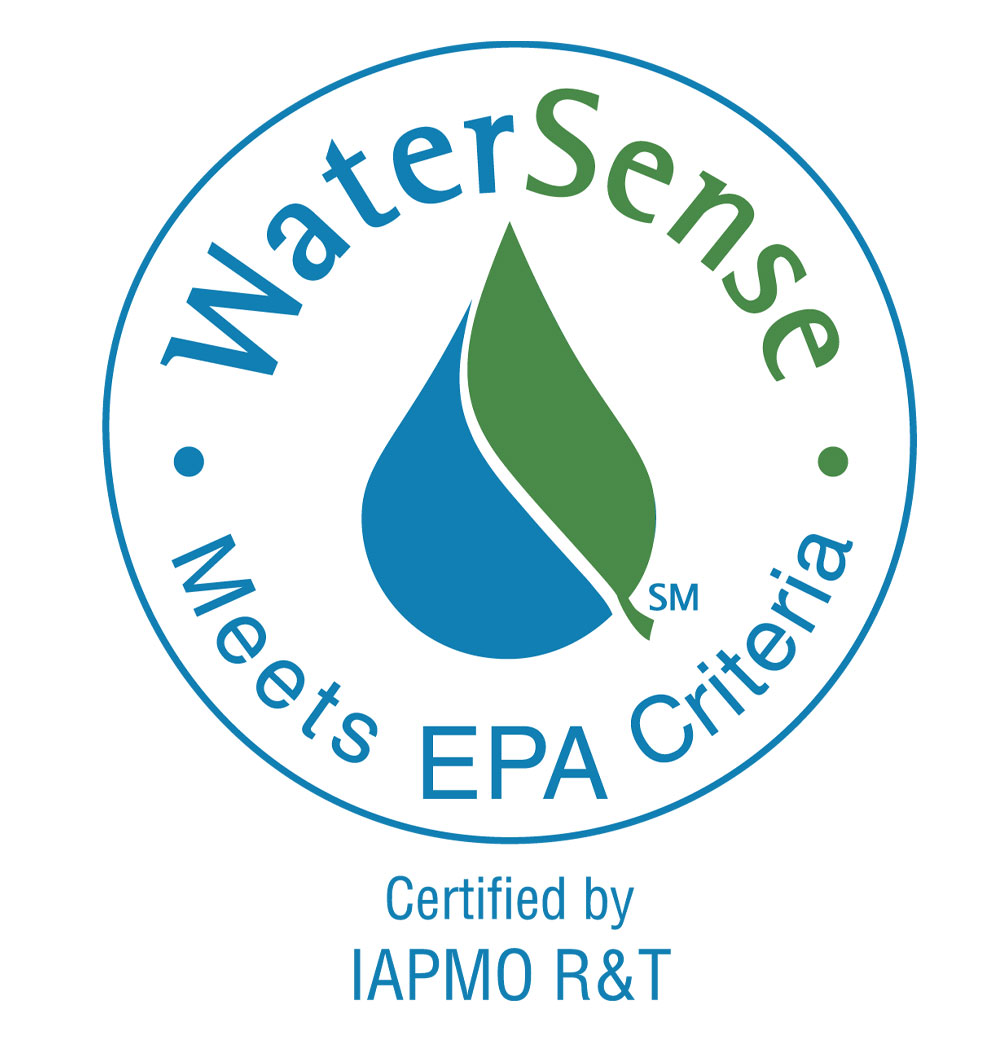Residential outdoor water use in the United States accounts for more than 9 billion gallons of water each day, mainly for landscape irrigation. Experts estimate that as much as 50 percent of this water is wasted due to overwatering caused by inefficiencies in irrigation methods and systems. Irrigation control technologies can significantly reduce overwatering by applying water only when plants need it.
An estimated 13.5 million irrigation systems are currently installed in residential lawns across the United States, and an estimated one-third of new homes each year include an irrigation system. Of the 13.5 million installed units, industry estimates that less than 10 percent use weather-based controllers to schedule irrigation.
Smart Watering
WaterSense labeled irrigation controllers, which act like a thermostat for your sprinkler system telling it when to turn on and off, use local weather and landscape conditions to tailor watering schedules to actual conditions on the site, instead of irrigating using a controller with a clock and a preset schedule.
WaterSense labeled controllers allow watering schedules to better match plants’ water needs. With proper installation, programming, and maintenance, homeowners and businesses can use WaterSense labeled controllers instead of standard clock-timer controllers on their existing systems, and no longer worry about wasted water.
To earn the WaterSense label, landscape irrigation controllers must be able to adequately meet the watering needs of a landscape without overwatering. As with all other WaterSense labeled products, WaterSense labeled controllers will be independently certified to ensure that they meet the WaterSense criteria for efficiency and performance.
WaterSense Savings
Replacing a standard clock timer with a WaterSense labeled irrigation controller can save an average home nearly 7,600 gallons of water annually. If every home in the United States with an automatic sprinkler system installed and properly operated a WaterSense labeled controller, we could save $2.4 billion in water costs and 220 billion gallons of water across the country annually from not overwatering lawns and landscapes. That’s equal to the annual household water needs of nearly 2.5 million average American homes. WaterSense labeled controllers can also be a water-smart solution for larger landscapes, including such as schools, hotels, and office buildings. Some utilities offer rebates to help you water smarter outdoors.
Criteria
For weather-based irrigation controllers, the concepts of water efficiency and performance are interrelated and defined by the irrigation controllers’ ability to deliver adequate water to meet landscape needs, without overwatering.
Supplemental Capability Requirements
The controller, as configured for testing in accordance with Appendix A of the specification, shall have the following supplemental capabilities in both smart mode and standard mode:
• The controller shall have non-volatile memory to ensure that information regarding the irrigation program and settings are retained when the power source is lost and no backup battery is available.
• The controller shall have zone-by-zone control to successfully manage landscapes that have multiple areas with various watering requirements that need to be managed separately.
• The controller shall be able to notify the user if it is not operating in smart mode (e.g., if there is a problem with the signal or local sensor input that is prohibiting it from automatically adjusting irrigation).
• The controller shall be able to connect to a rainfall device. Rainfall devices are an important component of an efficient irrigation system in many climate regions. Multiple states have mandated the inclusion of these devices by law.
• The controller shall be able to accommodate watering restrictions. With the existence of utility-imposed watering restrictions, it is important that weather-based controllers are capable of watering efficiently, while complying with these restrictions.
• The controller shall include a percent adjust (water budget) feature. This feature allows end users to adjust water applied to the landscape without changing the detailed settings in the controller’s program.
Manufacturers that produce weather-based irrigation controllers meeting EPA’s efficiency and performance criteria can apply to have their products certified by approved third-party agencies to earn the WaterSense label. Before submitting products for testing, manufacturers must have a partnership agreement with EPA in place.
Statistics from the US EPA website

Anish Desai
Last modified: July 14, 2023

